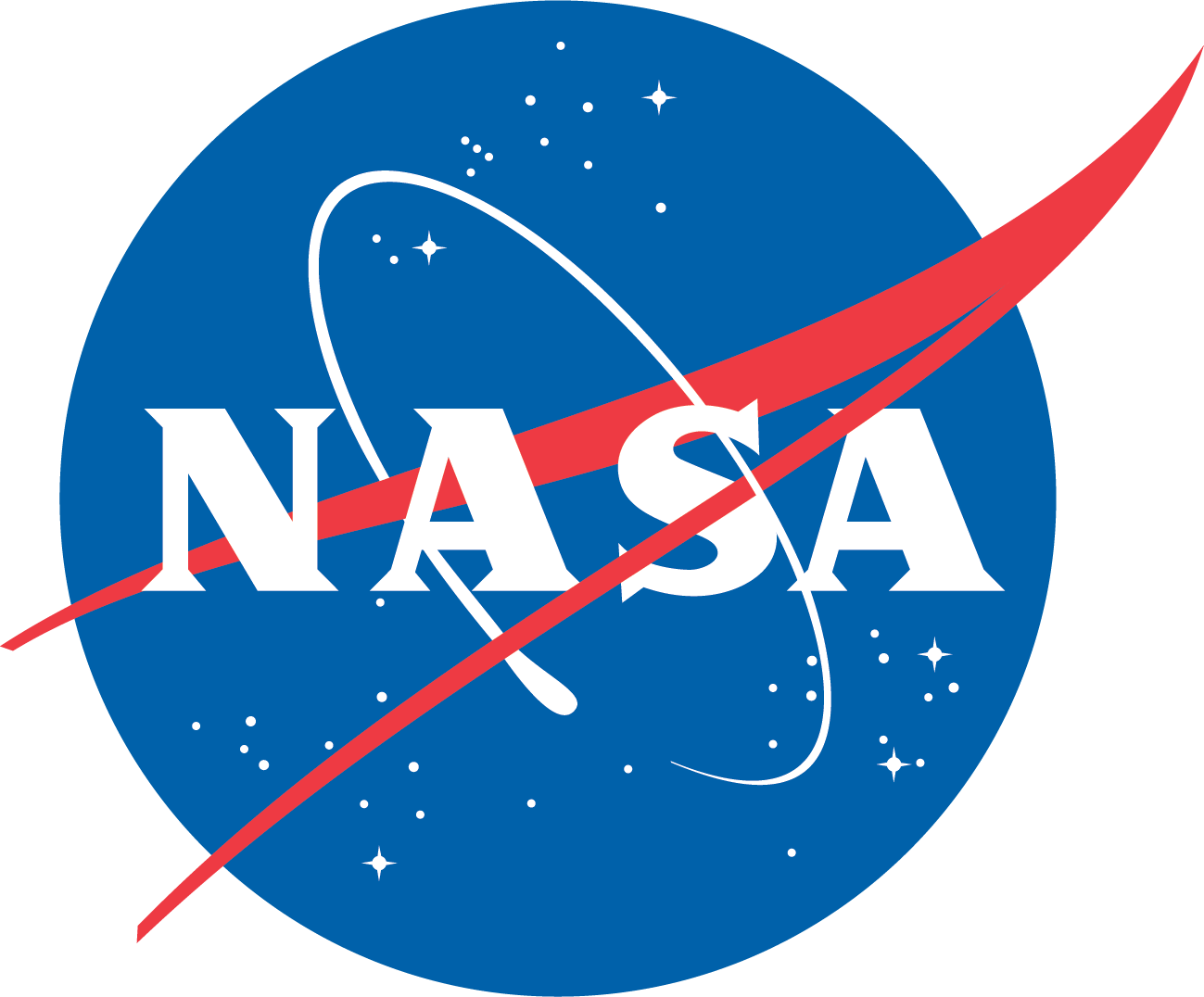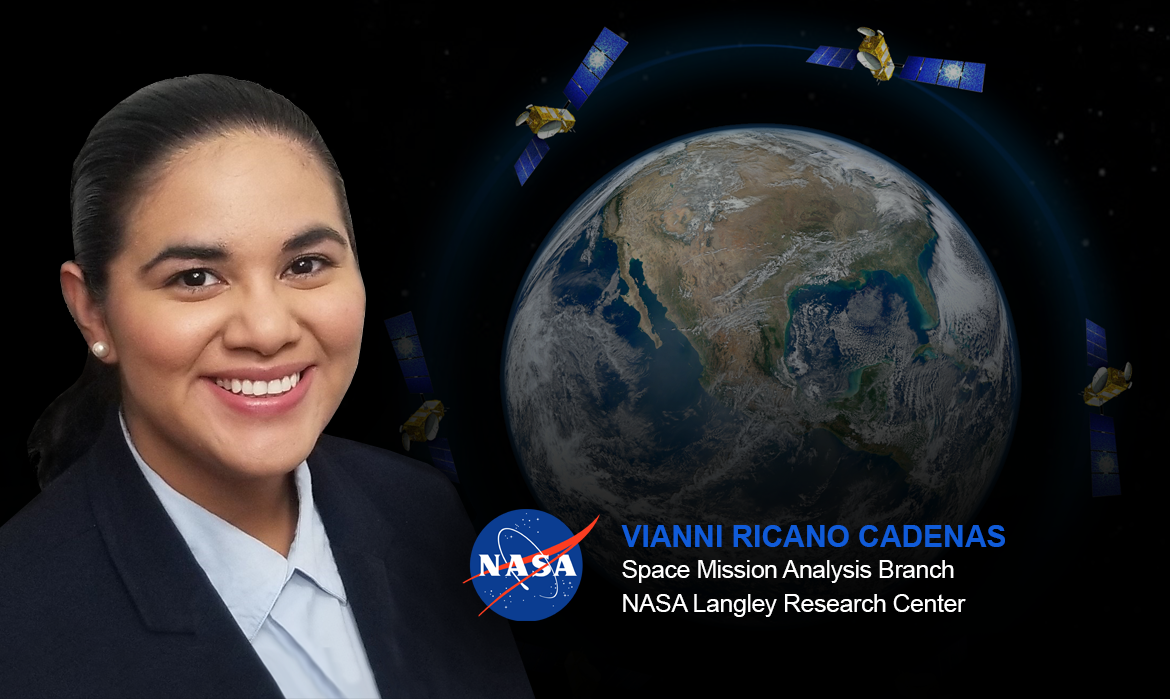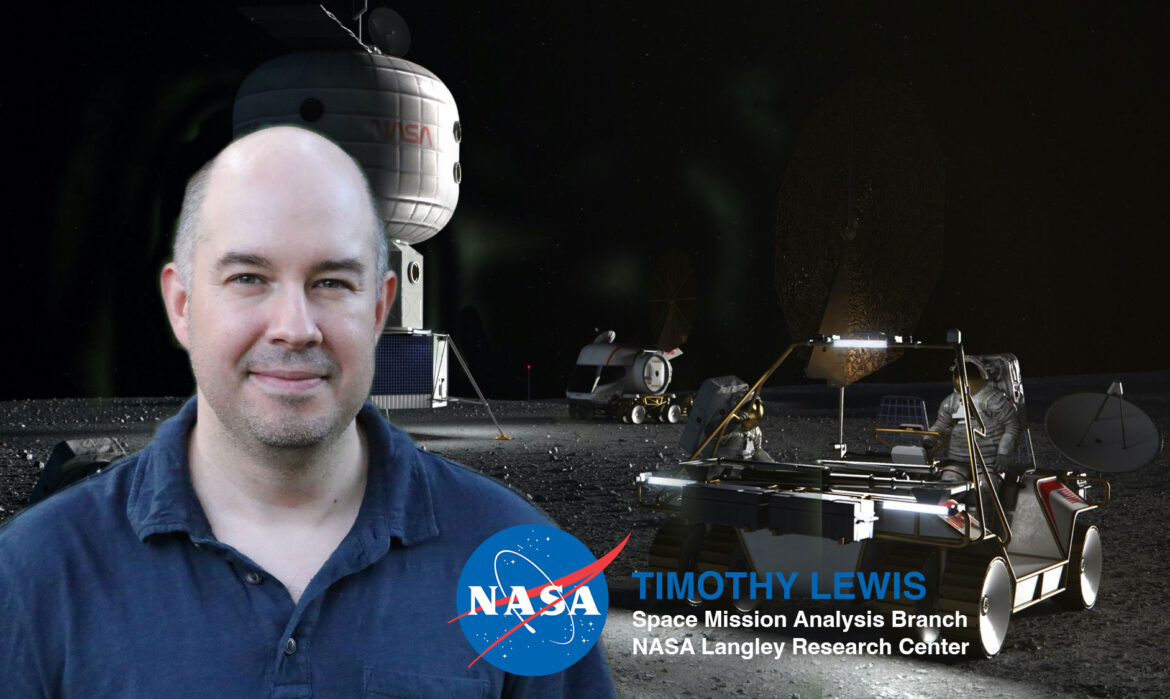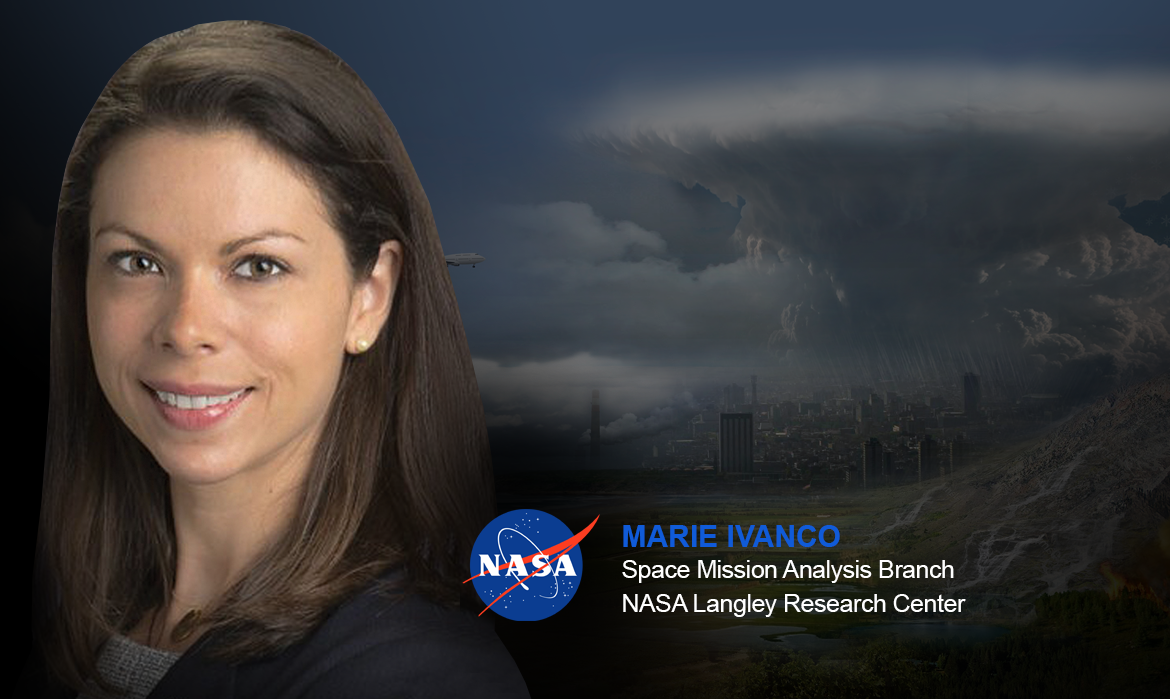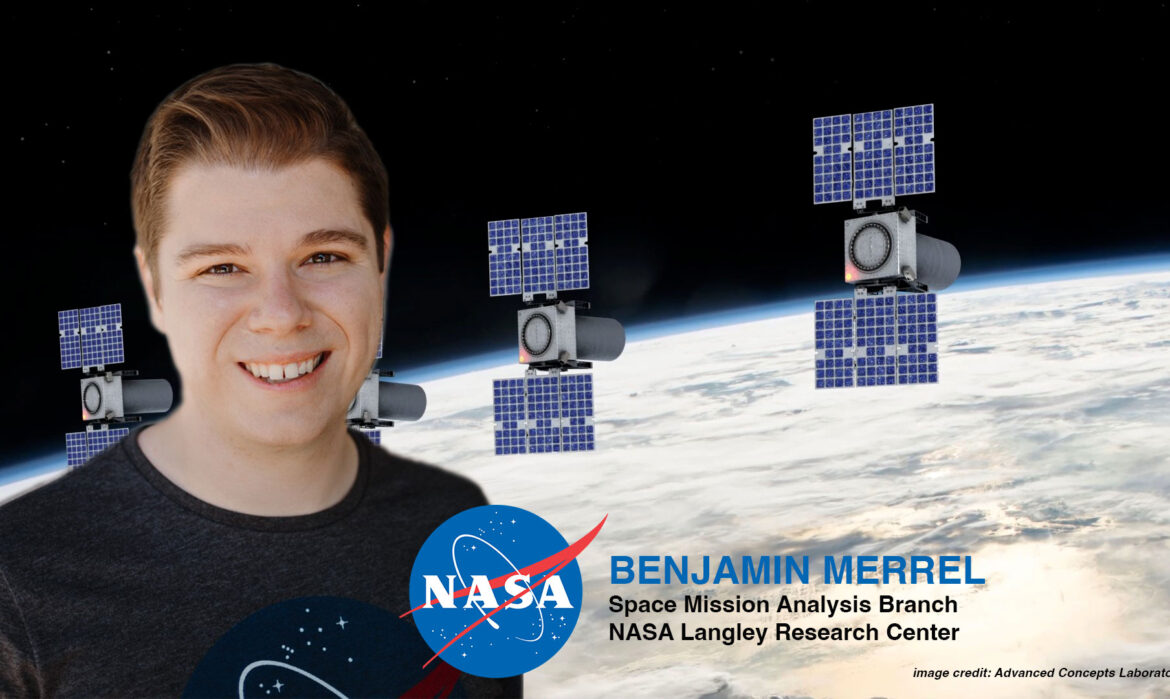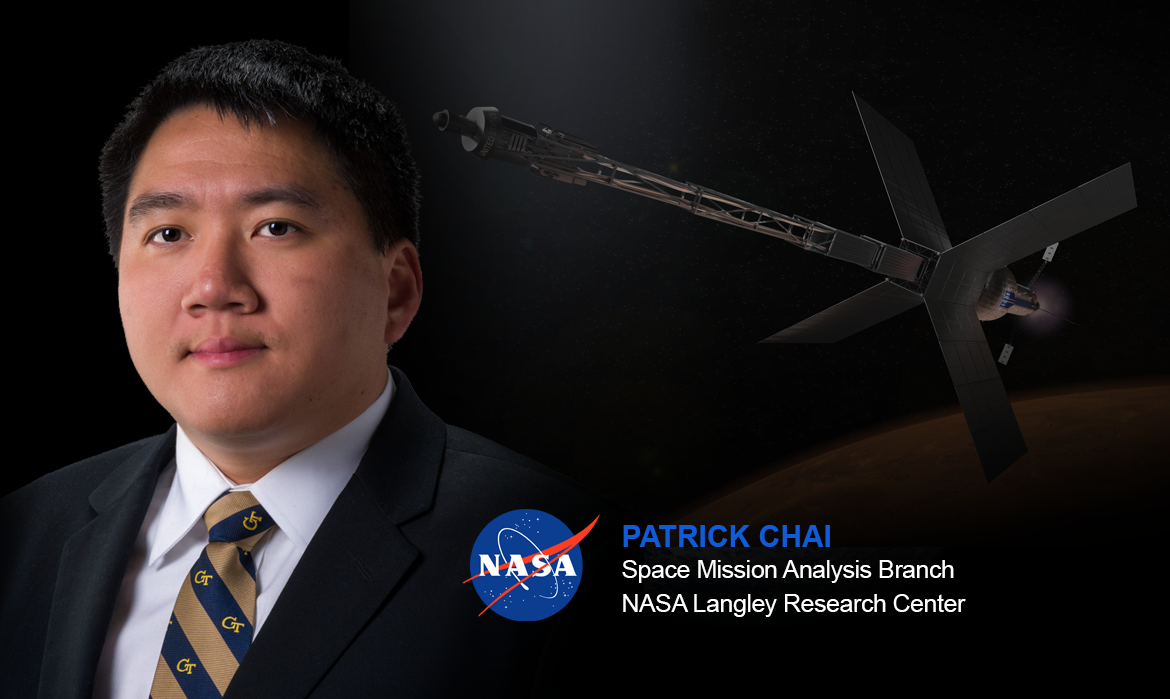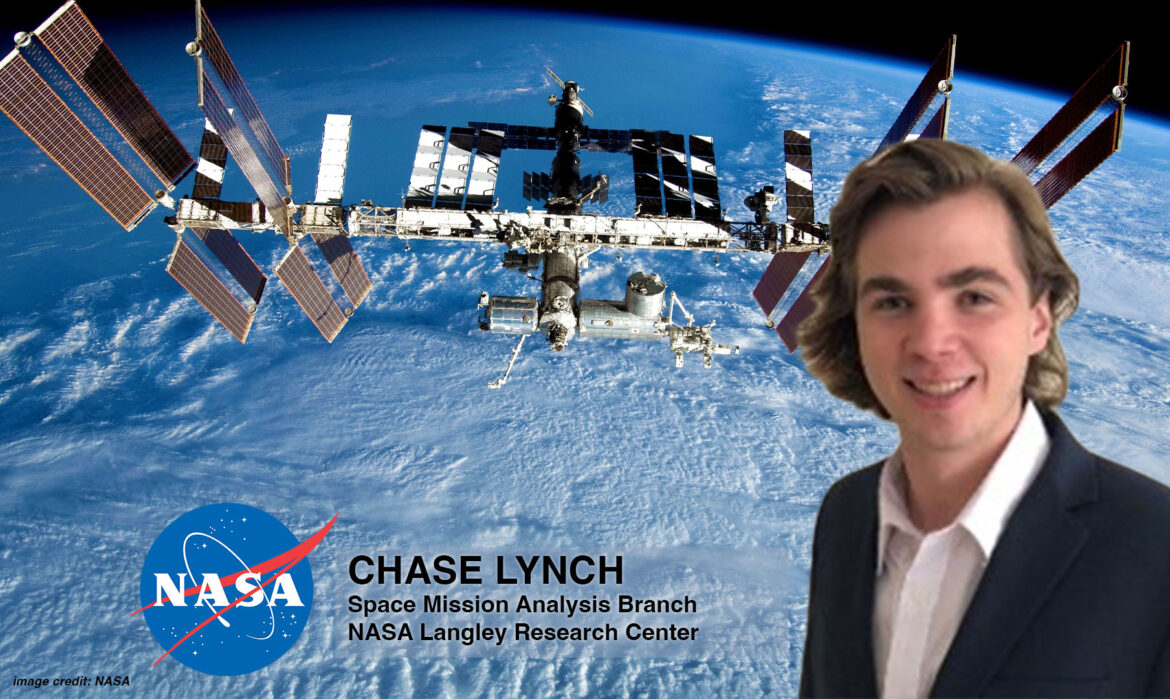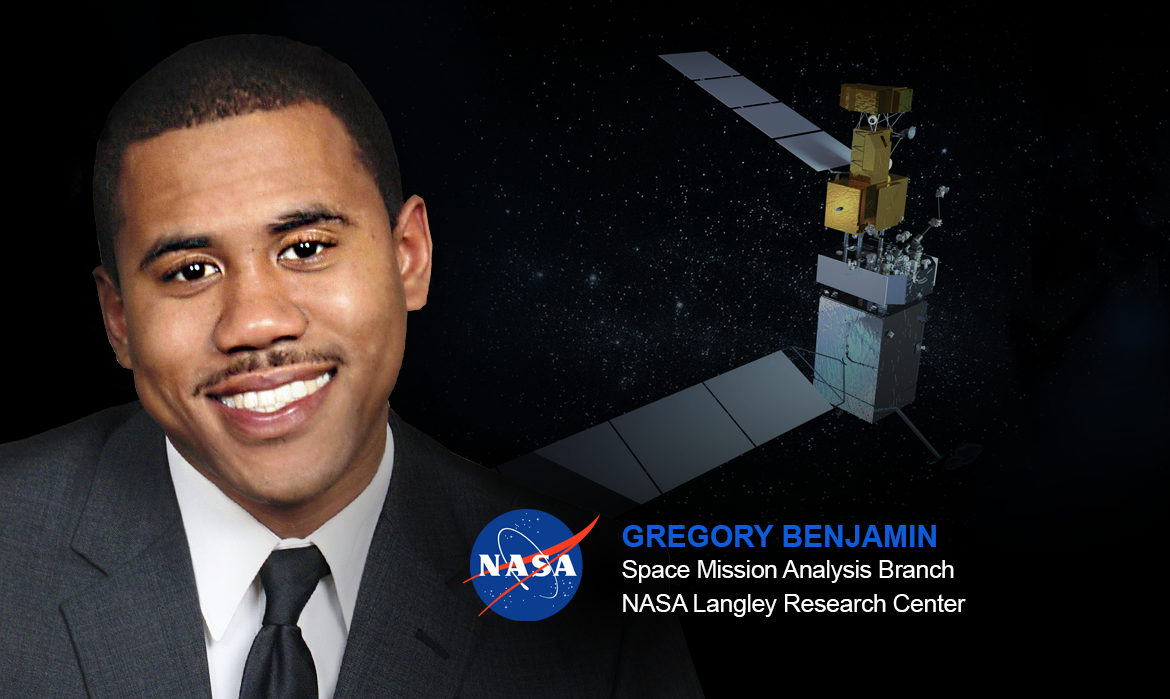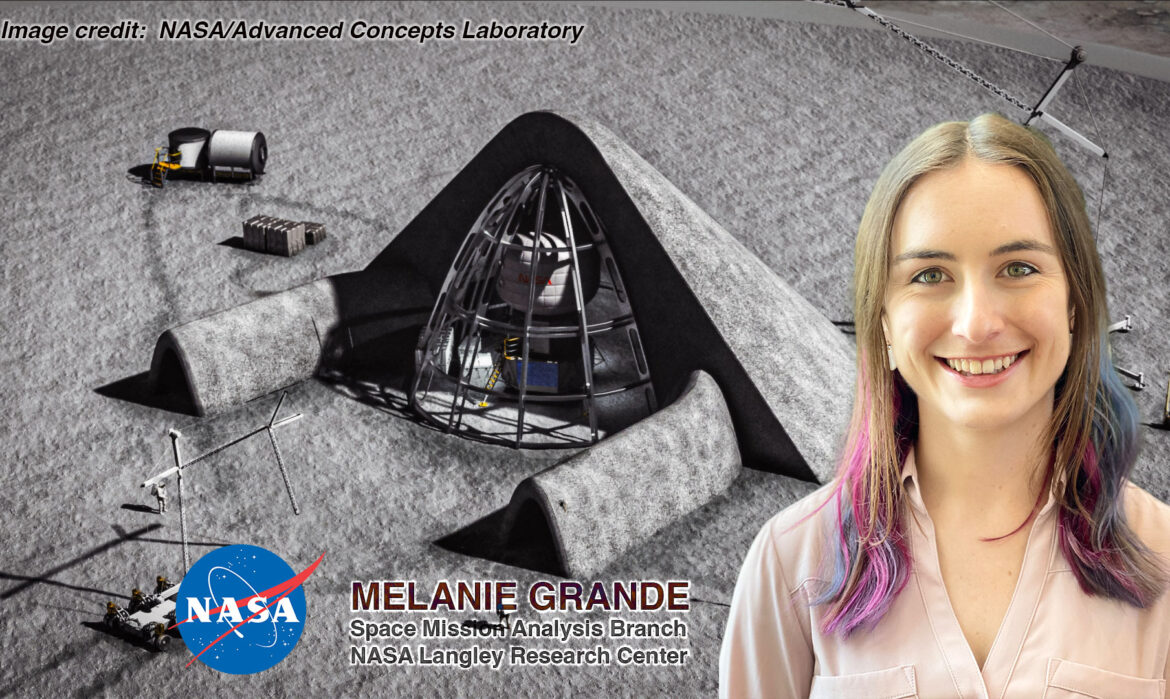Designing the Space to Keep Astronauts Healthy, featuring Kara Latorella
For a mission to Mars, the crew will spend years away from Earth and will need to have a supportive environment to maintain health and performance on the journey. For NASA and Kara Latorella, designing that environment is critical to the crew’s safety and the success of the mission.
Latorella, a human factors engineer with the Space Mission Analysis Branch (SMAB) at NASA’s Langley Research Center, worked with students and other NASA engineers and medical staff to develop design guidance for a medical workstation in a Mars transit vehicle. In doing this, she asked, “What would the doctor’s office or emergency room look like in a habitat supporting long-duration space travel?” To answer this question, she used situated knowledge acquisition: the derivation of design and operational requirements by observing people’s behavior in a naturalistic environment. Because design is best when it allows for fast iterations with the actual users in the actual environment, situated knowledge acquisition is a powerful tool for getting these requirements right. While this method is frequently used in engineering systems on Earth, there is a fundamental difference for a Mars mission—the microgravity environment limits the ability to take a traditional design approach as one would for an Earth-bound system, as it would be impossible to test procedures suited for in-space use.
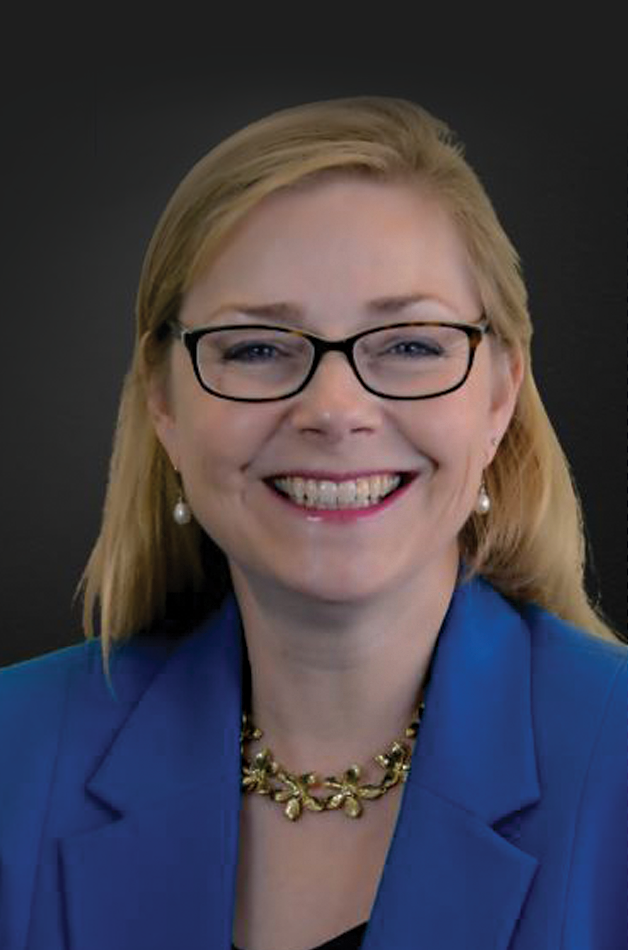
“In high school, if you were a girl who liked and was good at math, everyone wanted you to be an engineer, but I was always interested in solving problems for people. My dad found the intersection of these for me when he brought home a human factors engineering journal.”
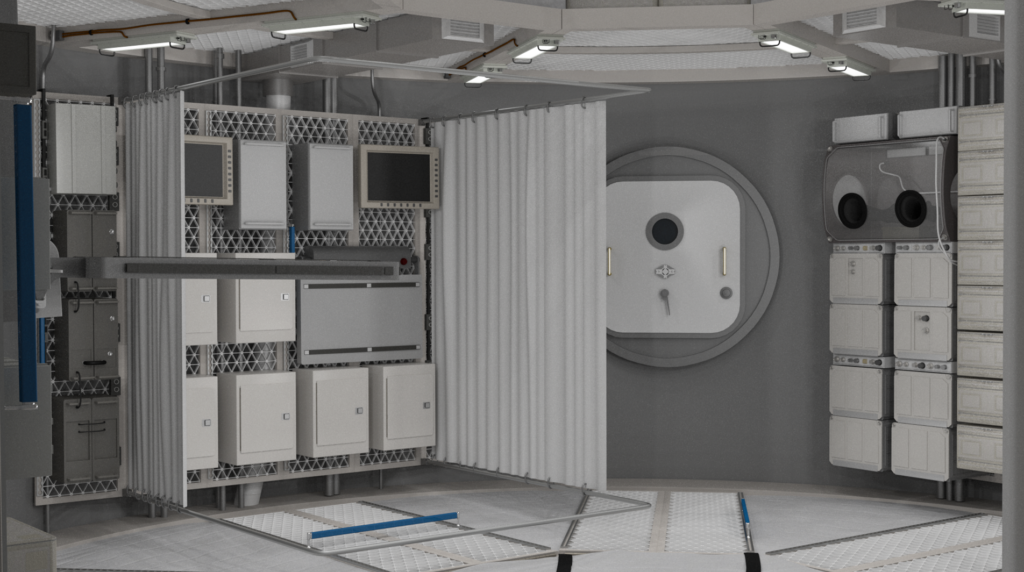
Virtual reality technology provided Latorella with a means to conduct fast design changes, immerse actual users, and address some of the characteristics of microgravity operations. “You could get real people in the environment and iterate on designs quickly.” She did this by having emergency doctors interact with two different medical workstation virtual environments. This testing revealed, for example, that there needed to be space for the doctors to move behind patients for certain medical procedures, contrary to the initial thinking that such a volume could be removed to save space, and provided additional insights on the layout of devices and how instruments and consumables should be packaged together.
In doing this iterative design through situated knowledge acquisition, Latorella found another application of the skills she had applied in many previous projects. “My focus is on integrating people into workspaces and designing procedures and the content of work so that people can be safe and effective in the work they do.” She makes sure that people are integrated into complex system designs in intentional ways early on in the design process so that they have the right tools, knowledge, and environment to perform safely and successfully. While the initial focus in a new system design can often be the technology, it is just as important to consider the human need for the technology and how humans will use it. “Changing a lightbulb is not just about the type of bulb and fixture—it’s accounting for how someone has to position themselves while they change the bulb, and the sizes of the people doing it, to determine the space needed to do the task.” In the limited volume of space habitat design, these biomechanical and anthropometric considerations and the broader discipline of human-centered design are crucial to enabling astronauts’ and, therefore, mission success.
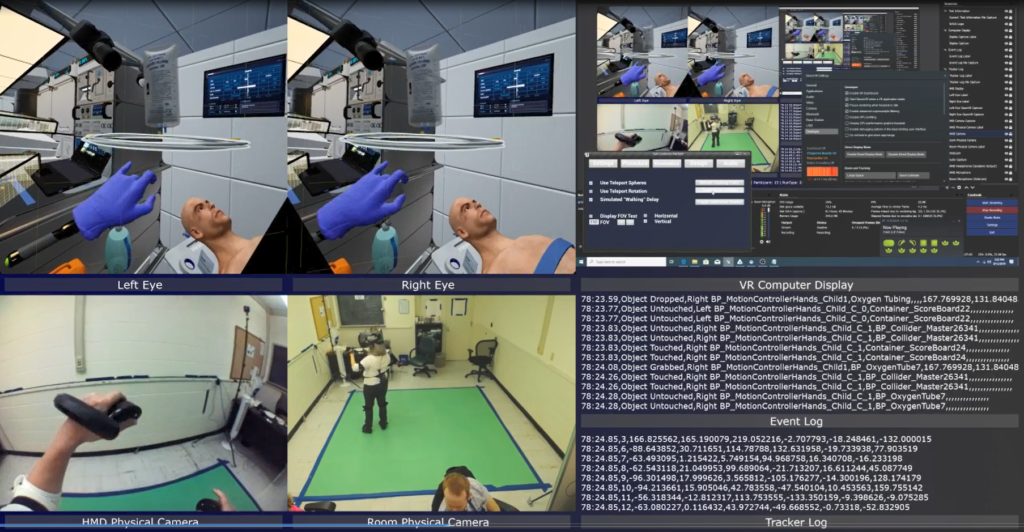
For Latorella, human factors work has always fit with her desire of finding ways to be supportive of others’ work. “In high school, if you were a girl who liked and was good at math, everyone wanted you to be an engineer, but I was always interested in solving problems for people. My dad found the intersection of these for me when he brought home a human factors engineering journal,” she says of one of the steps that led her to her academic path. Upon joining NASA, she spent about twenty years doing human-in-the-loop (HITL) testing to improve aviation safety, building on her dissertation that examined the effects of multi-tasking and interruptions on the flight deck. She also led HITL studies to assess crew construction of radiation shelters, which led her to SMAB. Since joining the branch, she has been able to apply her expertise to a variety of projects related to the future of human space exploration.
That expertise motivates her perspective on the roles of crew in missions to Mars. “Human integration is just as necessary as looking at other subsystem requirements and interfaces, and it deserves consideration as early as possible in the system design. Because humans are so adaptive and because addressing their interactions with vehicle systems often requires a cross-cutting approach, such requirements are often left to be focused on late in the complex system design process.” Considering the human factors early in the project lifecycle will ultimately reduce both programmatic and safety costs and risks, and Latorella’s work with medical workstation design has contributed to showing the importance of this shift in design processes. “We are sending people, so it’s incumbent on us to keep them safe and to address their medical needs. We’re asking a lot of the crew we send, and we need to make sure we’re taking care of them and supporting them.”
Author/Contact: Chris Jones
Published: March 2022

